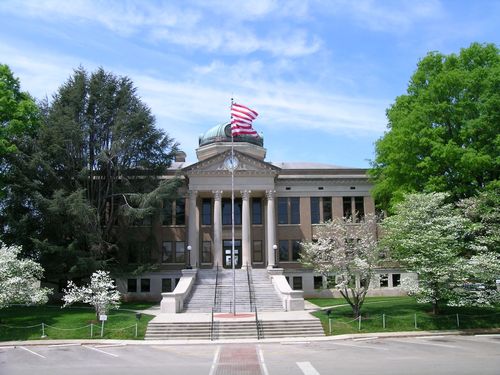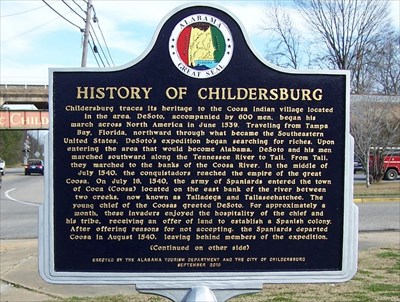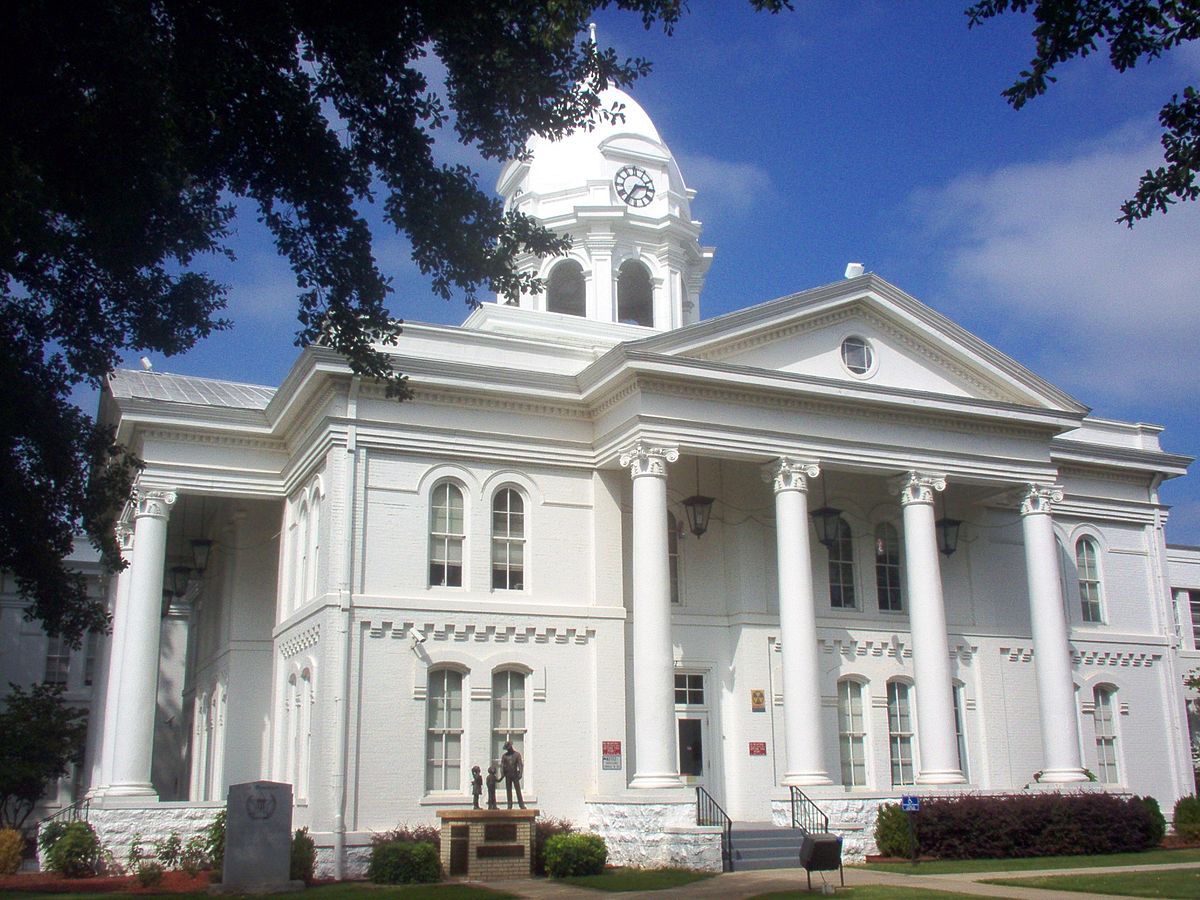Selma Has a Very Rich History
Selma Alabama is one of the oldest towns in the state, and it is located in the rich Black Belt region of south-central part of the state.
It is built on the banks of the Alabama River, and in the in the year 2017, had population of just over 18,000.
It was once a very strong trading center and marketplace during the antebellum (pre-Civil War) years, and was considered one of, if not the King of the south in the Cotton Industry.
Selma and the Civil War
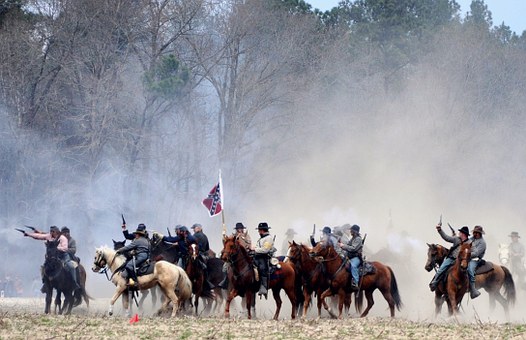 The Civil War
The Civil WarIt was also a very important armaments manufacturer as well as an iron shipbuilding center for the Confederacy army during the Civil War.
It was a perfect location for this, as it has several miles of natural earthen fortifications.
However, perhaps it is best known for its 1960’s Civil Rights movement to attain voting right for African Americans, as well as the Selma to Montgomery March.
It began with “Bloody Sunday” in March of 1965 and ended when 25,000 people entered Montgomery at the end of its last march for voting rights.
This activist movement drew national attention to the social injustice that was happening in the South.
Selma and the Civil War
Selma was not just one the of the Confederates military manufactures, it was considered to be their main one.
It was responsible for producing tons of supplies and munitions, as well as to build military war ships.
In fact, the Confederates largest and most powerful warship, the ironclad Tennessee, was built in the city of Selma.
There are some people that will argue that the Tredegar Iron Works in Richmond Virginia was the most important source.
However, when the Union raids began, the number one target of the Union Troops was the city of Selma and its munitions plants.
The reason for this was simple; it’s strategic concentration of manufacturing capabilities and it natural as well as enhanced fortifications.
Its natural defenses had been fortified by three miles of earthworks that formed a semicircle around the city.
However, the semicircle was just the beginning, as its major defense was that it was anchored on both the north and the south by the Alabama River.
It was considered to be such a strategic site that it became the prime target in “Wilsons Raid”, better known as the “Battle of Selma”.
The Battle of Selma
After Union General James H. Wilson had detached forces to destroy all the Confederate property in Tuscaloosa, Alabama, he set his sights on this small, but very important town.
After the Union troops, under the command of General Wilson destroyed the bridge across the Cahaba River, he went after Selma
By cutting off this bridge, most of the Confederate troops that were left, could not reach this pivotal town in time.
By April 1, the Confederate troops met the Union troops at the Battle of Ebenezer Church, near the heart of the town of Selma.
The outmanned and outgunned Confederate troops put up a good fight, but they were no match for the much better prepared Union troops.
The Selma Voting Rights Movement
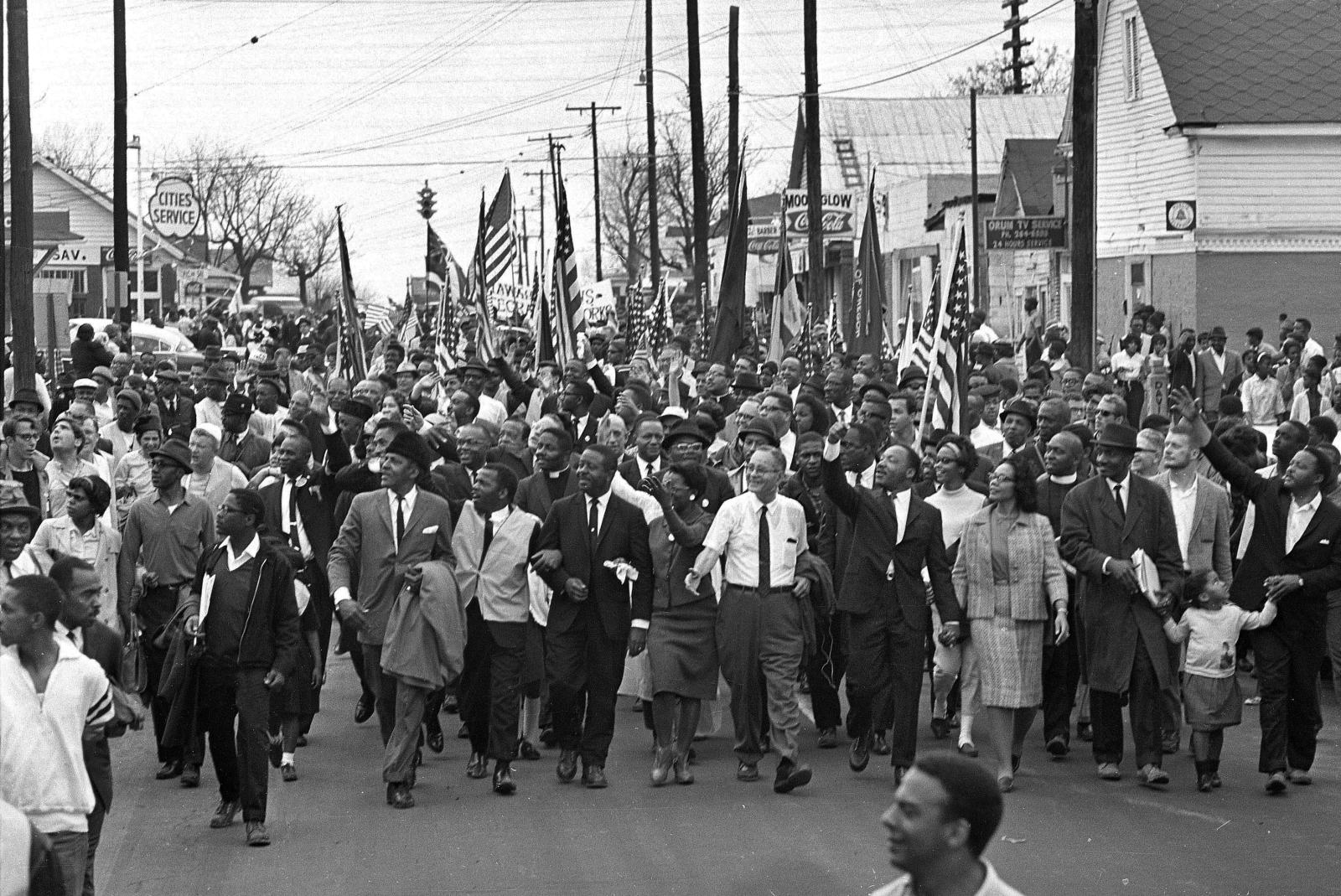 The Selma to Montgomery March
The Selma to Montgomery MarchThe city of Selma in the 1950’s and 1960’s, maintained segregated schools and other facilities, and Blacks were prevented from voting.
Since at this time, nearly 50% of all the population of Selma was Black, this put a real strain of the entire atmosphere in the city.
Because of the restrictive electoral laws and practices since the turn of the century, only one percent of the actual Black population was registered to vote.
The activists in the city as well as the surrounding areas made a couple of attempts to March into the State Capital of Montgomery, but all attempts were met with extreme violence.
However, in March of 1965, they finally broke through and what started out as a couple of thousand, turned into 25,000 marchers.
By this time, there were numerous White people that were sick and tired of the police violence and joined with Blacks to make the historic March.
The March from Selma to Montgomery is perhaps the single greatest moment in Civil Rights history.
The events of this March and previous Civil Rights efforts in Selma, led to the U.S. Congress passing the Voting Rights Act of 1965, and President Lyndon B Johnson sighing it into law.
Places of Interest in Selma
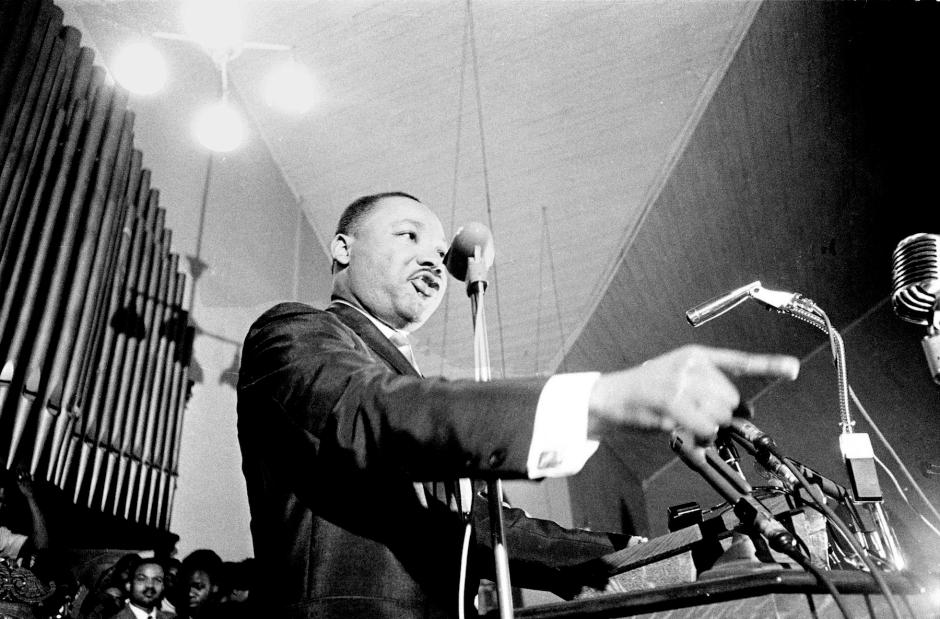 Dr Martin Luther King
Dr Martin Luther KingBecause of Selma’s extremely rich history in several areas, there are numerous points of interest to visit.
They include the following:
- Sturdivant Hall
- The National Voting Rights Museum
- Historic Water Avenue
- Martin Luther King Jr. Street Historic Walking Tour
- The Old Depot Museum
- The Vaughan-Smitherman Museum and Heritage Village
The historic town of Selma has several other points of interests, but this will get you started on one of your Alabama Backroads Day trips
References
https://www.history.com/topics/black-history/selma-montgomery-march

Alabama Gift Store
Numerous Items for You and Your Family to Enjoy
See it here at the Gift Store
Copyright 2019-2023 Alabamabackroads.com
All Rights Reserved
